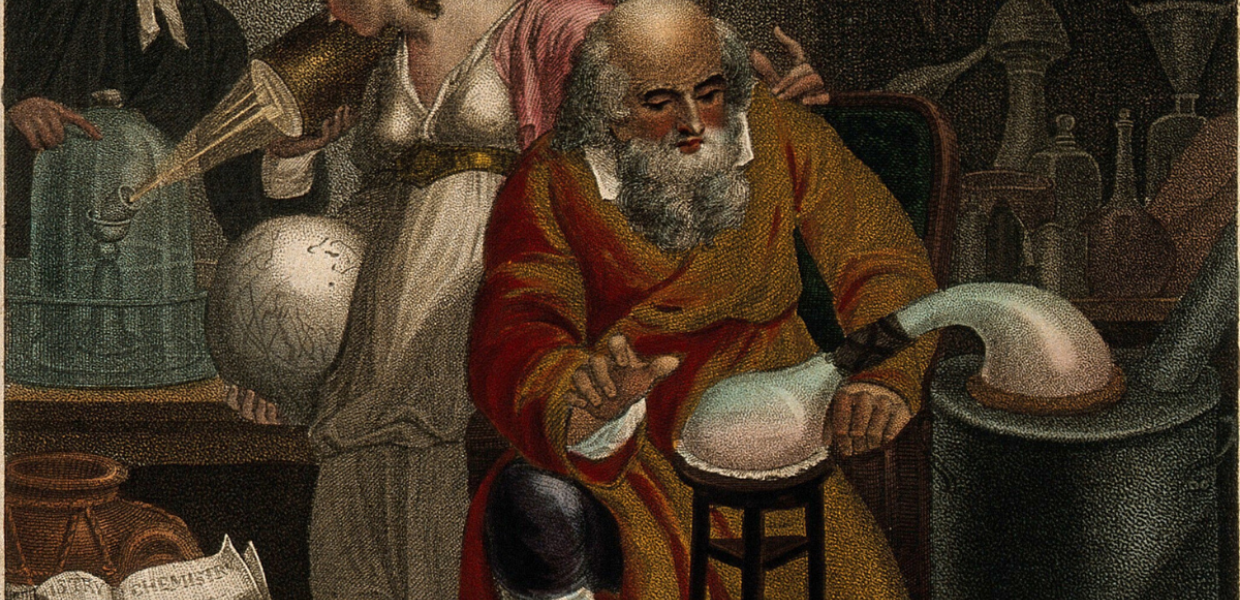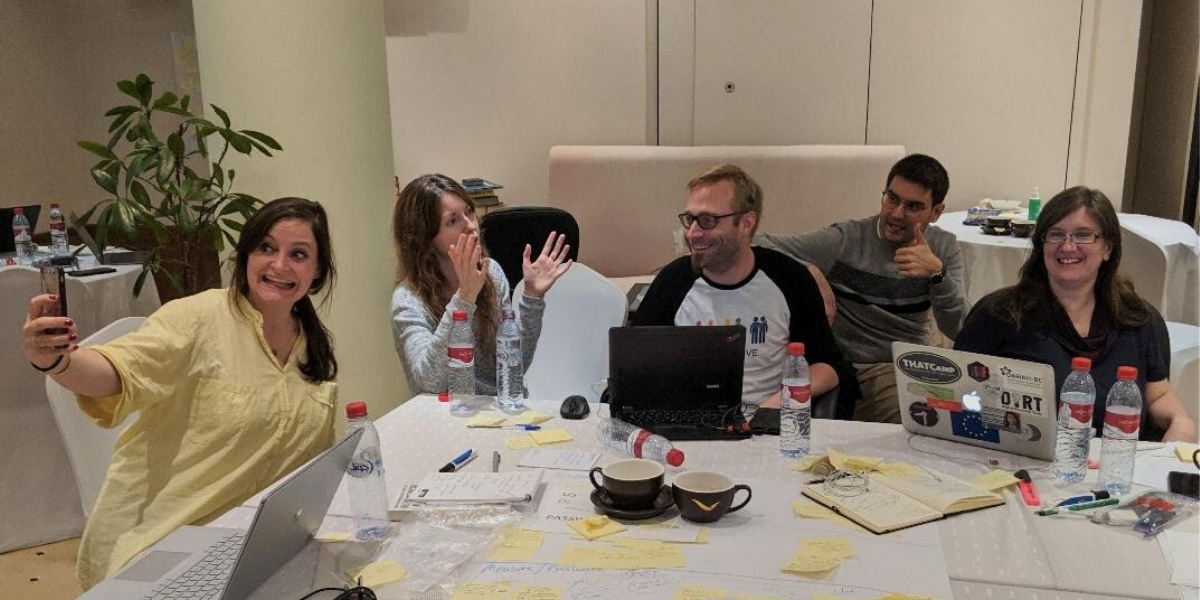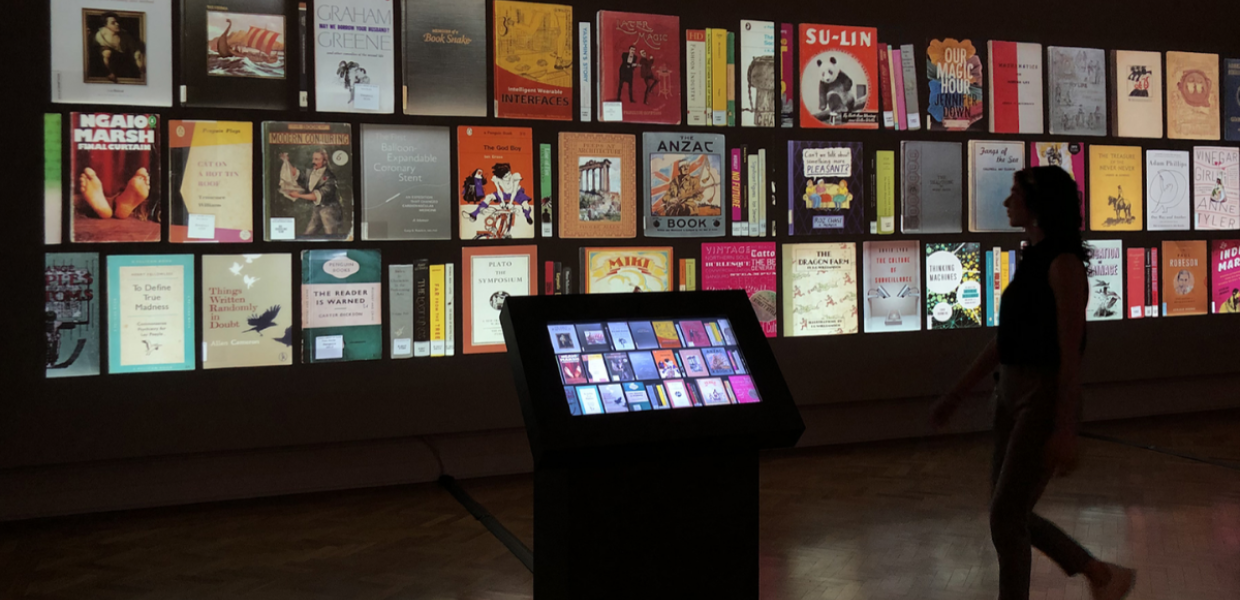What is a GLAM Lab?
In 2006, Gregory Crane, an avid explorer of the ways humanities scholarship benefits from large scale digital libraries, asked the question What Do You Do with a Million Books? The expectation was that in the future, intelligent tools would transform the use of digitised materials by analysing and combining different objects for a reader’s benefit.
With more experimentation with digital objects than ever before taking place in Galleries, Libraries, Archives and Museums (GLAM) labs, we are now closer to this vision. Labs with various names (innovation labs, data labs, or simply labs), have started to appear across multiple GLAM institutions to meet the demands of digital content users.
The recently published book Open a GLAM Lab, introduced in this post for Europeana Pro, defines a GLAM Lab as ‘a place for experimenting with digital collections and data. It is where researchers, artists, entrepreneurs, educators and the interested public can collaborate with an engaged group of partners to create new collections, tools, and services that will help transform the future ways in which knowledge and culture are disseminated.’
The word lab assumes that we have ingredients and tools which we use to experiment with different processes, and in doing this, create something new. It seems a bizarre metaphor for the GLAM setting where the ingredients are different digital objects, in many cases carefully and painstakingly curated. However, GLAM Labs are living up to their name. They use digital ‘ingredients’ (the objects) and the most advanced technological tools they can identify (or in some case develop) to distil the essence of digital content which the users of today are seeking.
Each lab is unique because the ingredients and interests of the users of digital content in different institutions are unique. However, these labs are also similar in their role as drivers of experimentation, innovation and digital transformation in their organisations.
In addition to aggregation projects, GLAM labs are another way that institutions can facilitate the reuse of large digital collections. Both of these approaches experiment with innovative delivery of content from large-scale heterogeneous collections but unlike the GLAM Labs, aggregators do not always offer physical space and dedicated staff to work on specific projects alongside users. However, they both address the issues around access to very large collections and suggest solutions to the 'million book' challenge.
The GLAM Lab book
The growing International GLAM Labs Community is seeking ways to share experiences and support individuals new to the datafication of collections. The book Open a GLAM Lab was created following an innovative, five day booksprint with 16 experts. The event was co-hosted and financed by UCL Qatar and the Library of the University of Qatar with additional financial support from the British Library, the Library of Congress and Booksprints Ltd.




